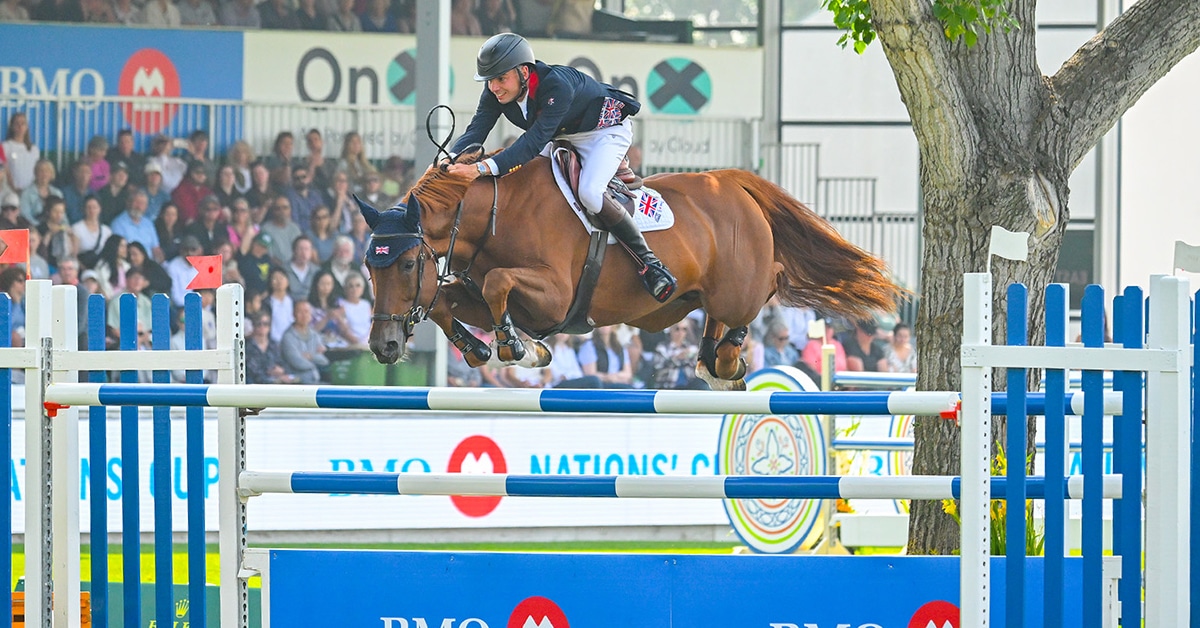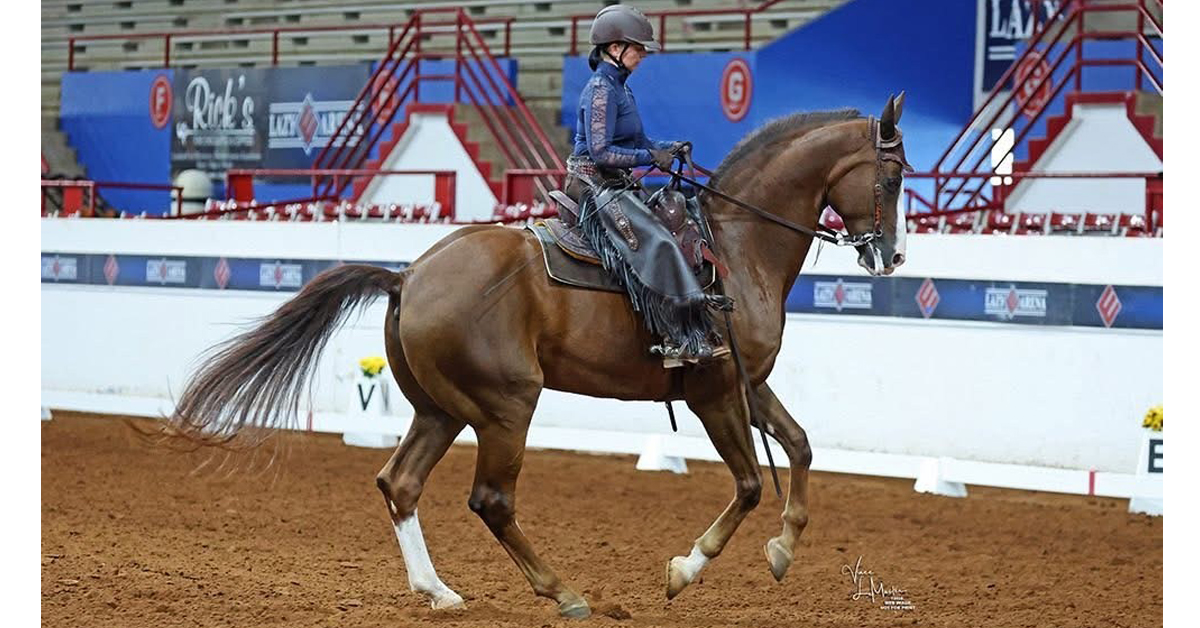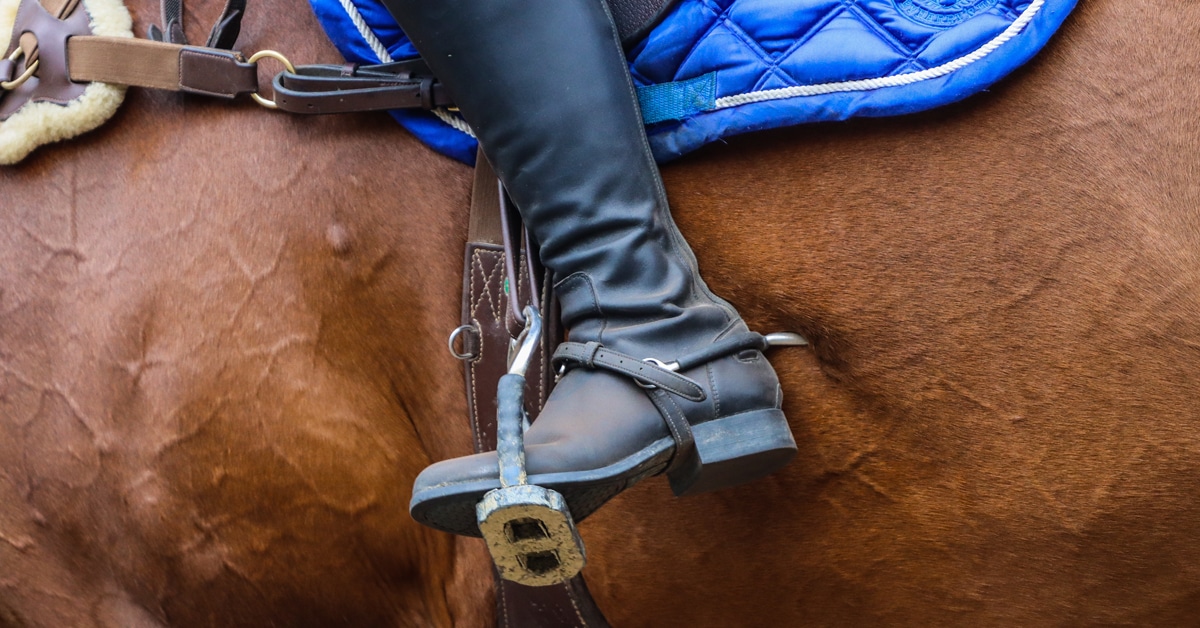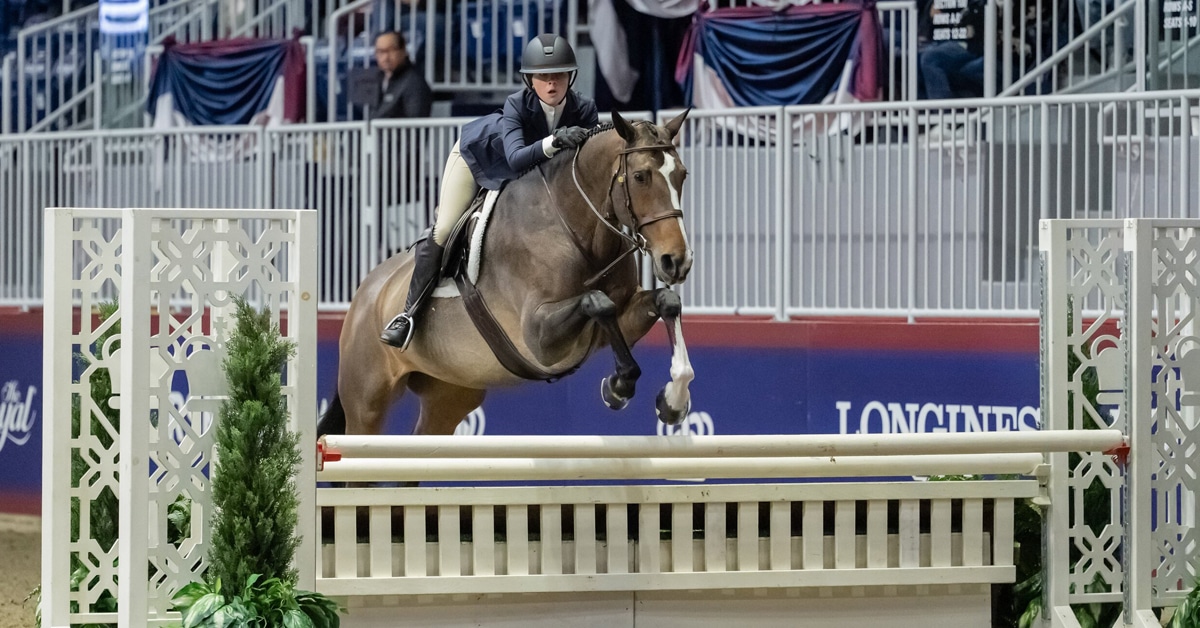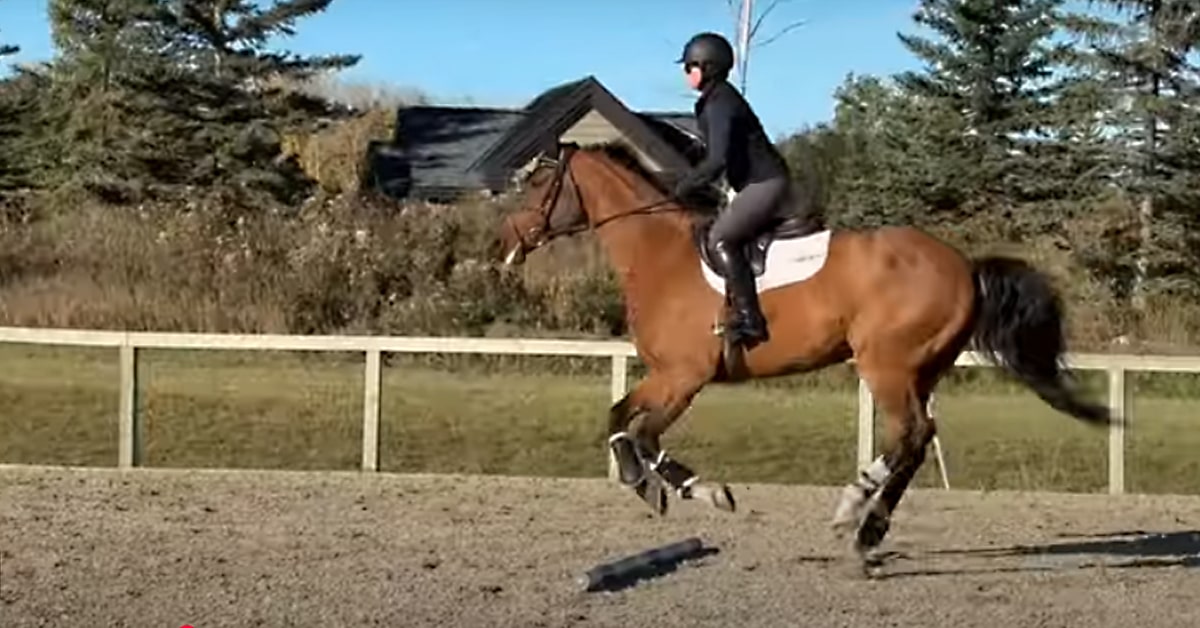“Sometimes people ask if I’m a wizard,” Equine CranioSacral therapist Rebekah Gingrich replies with a laugh when asked to define what ECS therapy is. Gingrich is the owner of Gingrich Equine Therapy, a certified ECS therapy practitioner, and a student of ECS pioneer Maureen Rogers, founder of Equine CranioSacral Workshops. She practices out of northeastern Ontario, northwestern Quebec, and southern Ontario.
Gingrich turned to ECS therapy after one of her horses stopped eating for days after a dental visit. Unable to discover the cause of the problem, she found herself sitting in on one of Maureen Rogers’ TMJ (temporomandibular joint) webinars. Hooked, she fell into a research rabbit hole. “I tried to learn as much as I could from Maureen’s online materials,” she says.
The more she read, the more she became fascinated with the underlying philosophy and effectiveness of ECS therapy, and the possibilities for it to help her own horses and others she saw suffering in silence around her.
Gingrich jumped at the chance to work directly with Rogers in The Netherlands to obtain her certification. In the beginning, she says, “There was a lot of being overwhelmed. Maureen is a perfectionist and she wants the best.”
According to Gingrich, Rogers teaches ECS therapists how to apply gentle pressure using touch at key pressure points on the body to both determine where pain and tension exist, and also to release this tension, allowing the body to return to its natural alignment. To accomplish this, therapists require a combination of anatomical knowledge and intuition. “It’s about being quiet, present, and creating balance so the horse can naturally fall back into alignment. The body is smart, and it wants to heal.”
What makes ECS different from other alternative therapies, Gingrich says, is that it focuses specifically on the head and jaw – an area that is overlooked by traditional equine medicine, but that is vitally important to the overall health of the horse.
“We’re still in the Dark Ages when it comes to developing an awareness of how horses are struggling,” Gingrich says, explaining why a therapy focused on discovering and treating unidentified pain has gained more popularity in recent years. “But people today are much more open to all kinds of alternative therapies.” This is especially true, Gingrich believes, because alternative therapies often focus on non-invasive methods that try to understand horses empathetically.

These ‘before and after’ photos show the profound difference in stance (‘goat-on-the-rocks’ vs four-square) and comfort level after ECS treatment.
How it Works
Horses can be brought back into balance by correcting misalignments caused by blunt-force traumas like falls, kicks, being cast, or other physical accidents, and also from riding and the use of tack – especially bridles. Dental work, even when done correctly, can also pose an issue. For example, “The TMJ,” Gingrich explains, “takes so much stress from just having a dental speculum inserted that it can affect the entire body.”
Even small injuries to the muscle tissue and fascial tissue can cause a domino effect throughout the body because of “compensation patterns” adopted by the horse, potentially creating problems in the muscular, skeletal, nervous, lymphatic, respiratory, digestive, and circulatory systems. “We want horses to be straight and balanced, but we’re fighting against muscle compensation patterns,” Gingrich says. Most of the time, these patterns go unnoticed because of a lack of awareness of the underlying cause. “When horses say ‘I can’t’ we assume it’s a behavioural issue, when really it’s the body.”
Because ECS seeks to heal these compensation patterns by finding and releasing pain and tension, “listening” to horses’ pain is a vital component of ECS therapy. Gingrich starts each treatment with an initial assessment of the horse’s movement, posture, and overall symmetry in order to discover obvious (and less obvious) signs of pain and tension. The initial assessment is followed by a touch assessment to feel tension in the body and a range-of-motion assessment of the head.
There are sometimes obvious signs of pain, “like the ‘goat-on-the-rocks’ posture,” Gingrich says. “That’s a clear sign that a horse is very unstable.” But there are also more subtle indications of long-held compensation patterns, such as breathing issues. Gingrich always checks how a horse breathes, because even a little bit of tension in this area can cause horses psychological duress that leads to more tension.
“It takes time to figure out what the specific pain or issue is for each horse,” Gingrich says. “Some are more defensive than others. They’ve lived with this dysfunction for so long you have to make sure that you don’t take away the dysfunction all at once. It served a purpose and you can destabilize the horse if you take too much too soon.”

Gingrich demonstrates a masseter release, a fairly simple ECS technique you can try at home.
Try It at Home
Although ECS therapies should be conducted in consultation with your certified practitioner, Gingrich says you can see the effects by trying a masseter release. The masseter muscle is located in the cheek area of the horse’s jaw. It’s a complex muscle that has profound effects on a horse’s overall wellbeing, and can therefore be an indicator of pain or tension.
“In many horses,” Gingrich says, “It feels like cement, but it should be soft and supple.”
To help release tension in this muscle, place your hands on the centre of the cheek with your fingers pointing upwards towards the ears. Apply very light pressure – the weight of a nickel – with the tips of the fingers simultaneously on both sides of the masseter. Hold for up to ten minutes, or as long as your horse is comfortable. Horses typically respond by becoming very relaxed and looking almost sleepy, and some will begin to chew.
Ultimately, the release of tension from the body allows horses to overcome pain caused by misalignment, resulting in happier, healthier horses even where other therapies and veterinary treatment have had little success.
“As Maureen often says,” notes Gingrich, “It’s all fixable – it’s just a matter of time.”
The Latest

